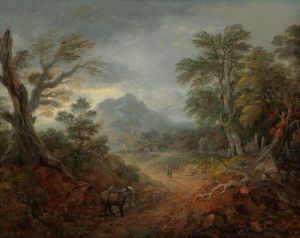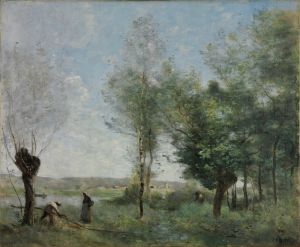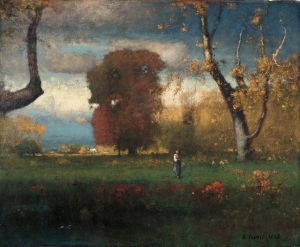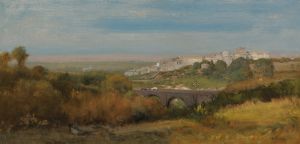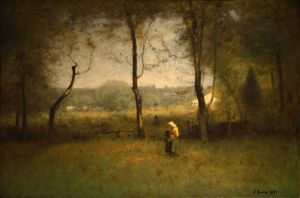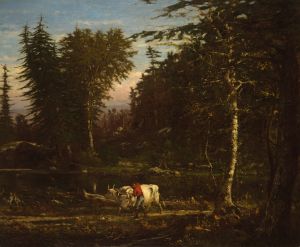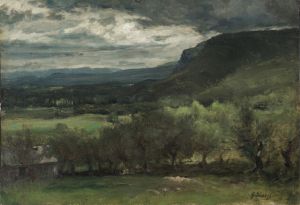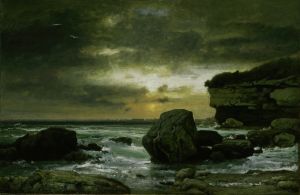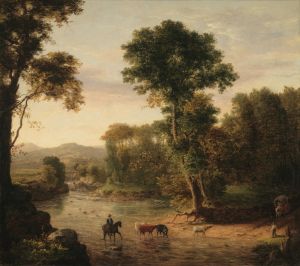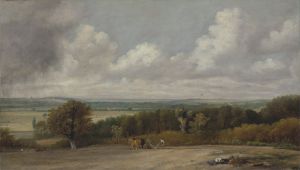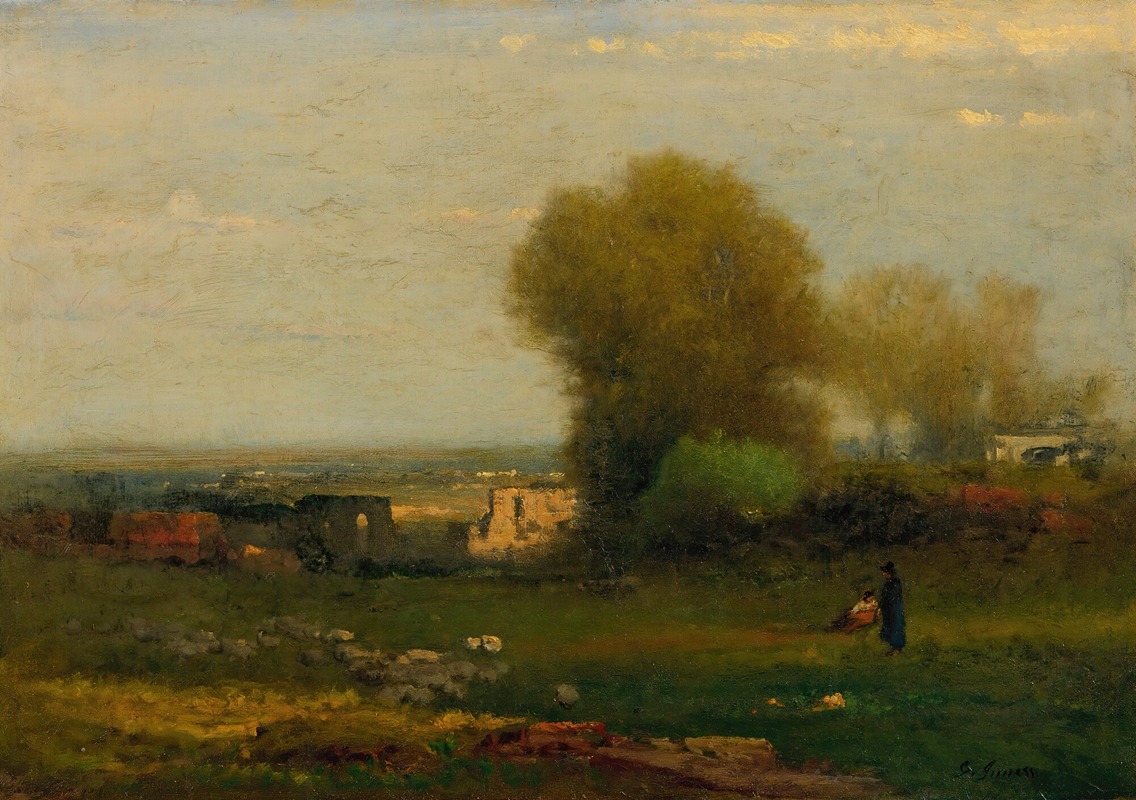
By The Old Aqueduct, Campagna, Italy
A hand-painted replica of George Inness’s masterpiece By The Old Aqueduct, Campagna, Italy, meticulously crafted by professional artists to capture the true essence of the original. Each piece is created with museum-quality canvas and rare mineral pigments, carefully painted by experienced artists with delicate brushstrokes and rich, layered colors to perfectly recreate the texture of the original artwork. Unlike machine-printed reproductions, this hand-painted version brings the painting to life, infused with the artist’s emotions and skill in every stroke. Whether for personal collection or home decoration, it instantly elevates the artistic atmosphere of any space.
"By The Old Aqueduct, Campagna, Italy" is a painting by the American artist George Inness, one of the leading figures of the Hudson River School and later the Tonalist movement. Inness is renowned for his landscape paintings that often reflect a deep spiritual and philosophical engagement with nature.
This particular painting was completed in 1858, during a period when Inness was traveling and working in Italy. The work depicts a serene rural scene in the Campagna region, an area surrounding Rome known for its picturesque landscapes and historical ruins. The painting features an old Roman aqueduct, a testament to the ancient engineering marvels that once supplied water to the city of Rome. The aqueduct, partially in ruins, stretches across the canvas, creating a sense of depth and leading the viewer's eye into the distant hills.
Inness's use of light and shadow in "By The Old Aqueduct, Campagna, Italy" is particularly noteworthy. The painting captures the warm, golden light of the Italian countryside, which bathes the landscape in a soft, almost ethereal glow. This use of light not only enhances the natural beauty of the scene but also imbues it with a sense of tranquility and timelessness. The composition is balanced and harmonious, with the aqueduct serving as a central focal point that anchors the scene.
Inness was deeply influenced by the French Barbizon School, which emphasized the importance of painting directly from nature and capturing the transient effects of light and atmosphere. This influence is evident in "By The Old Aqueduct, Campagna, Italy," where Inness's brushwork is loose and expressive, capturing the essence of the landscape rather than its minute details. The painting reflects Inness's belief in the spiritual dimension of nature, a theme that would become increasingly prominent in his later works.
The painting is also significant for its historical context. During the mid-19th century, Italy was a popular destination for artists and intellectuals from around the world, drawn by its rich cultural heritage and stunning landscapes. Inness's time in Italy was a formative period in his career, allowing him to refine his technique and develop his unique artistic vision. "By The Old Aqueduct, Campagna, Italy" is a testament to this period of growth and exploration.
Today, "By The Old Aqueduct, Campagna, Italy" is held in the collection of the Smithsonian American Art Museum in Washington, D.C. It remains a celebrated example of Inness's early work and his ability to convey the profound beauty and serenity of the natural world. The painting continues to be admired for its masterful composition, luminous color palette, and the sense of peace it evokes.
In summary, "By The Old Aqueduct, Campagna, Italy" by George Inness is a masterful landscape painting that captures the serene beauty of the Italian countryside. Through his skillful use of light, composition, and expressive brushwork, Inness creates a scene that is both visually stunning and deeply evocative, reflecting his profound connection to nature and his artistic influences.





